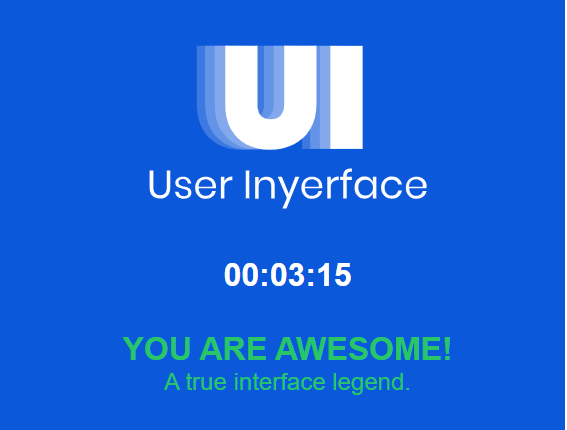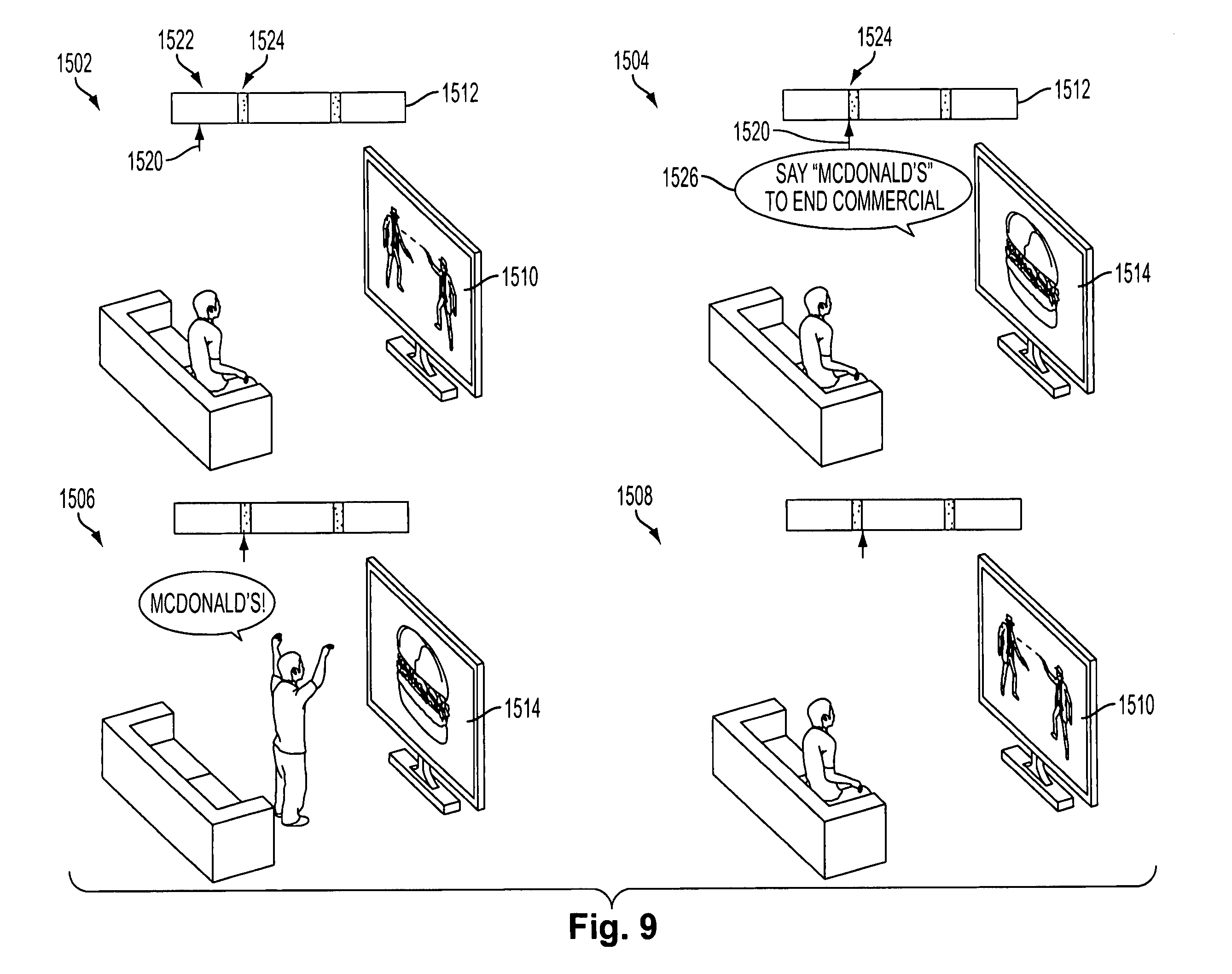
This feels right in my wheelhouse, to be honest. I was a web designer and developer for ten years – lovingly crafting dark, medium, and light patterns of my own. The Golden Rule as I saw it was:
- Make it easiest for the user to do what you want them to do
This all hinges on you knowing what you want the user to do and being effective in the interventions you make to guide them through your ideal process with little time, effort, or thought required on their part.
This game really was a delight – every trick, every deceitful button, every pattern that has ever bothered me felt like it was represented. Alphabetical order month drop-down, check. Age slider, check. Select/unselect all buttons buried in a list, check. My personal favorite, and one that I see contravened in genuine interfaces all across the big beautiful web is: the button on the right doesn’t go ‘forward’ in the process. Check!
Thinking about advertising and these dark patterns got me thinking about Zalewski’s 2009 US Patent US8246454B2 or the infamous “say McDonalds to end commercial” patent.

The “embodiment” (Zalewski, 2009) of advertising in this patent takes things a step further in that it demands a physical interaction, instead of racing “to the bottom of the brain stem” (Harris, 2017) to influence thoughts before they would become movement. I wonder if the reason that we haven’t seen as much embodied advertising is because the techniques that Harris addresses in his TED talk are just that much more effective.
Harris’ (2017) note of “technology is not neutral” was a standout for me from the TED Talk (Is it ironic that the video of his talk auto-played when I visited the TED site looking for citation information as, in another tab, he talked about market share and the effectiveness of auto-playing videos?). His view of a Facebook that guides users into the best use of their time reflects his own values and circumstances in a distinctly non-neutral way. His example of dinner at home with friends to have controversial conversations is only possible when you live in a location where others can physically attend, when you have the time, energy, and funds to host people, and when you have friends that you can have controversial conversations with. His own vision of best-case scenario completely disregards the advantages of an online platform itself – low cost, asynchronous, geographically diverse connections. I’m not sure that I have a point beyond both agreeing and disagreeing with Harris – technology is not neutral, and neither is your own vision of a best-case scenario.
Tufecki’s (2017) TED Talk also engages with advertising interventions happening and working startlingly well for reasons we don’t fully understand. I’ve honestly thought for some time that when speakers say things like “we don’t fully understand” why machine learning algorithms arrive at certain conclusions, they were really saying “I don’t fully understand”. I’m realizing with creeping horror that maybe “we” actually don’t understand fully. For example, I have a difficult, if not impossible, time reconciling the idea that I could deploy a chatbot directly to students that would effectively sum up lectures and provide individualized tutoring to many students at the cost of some who are led on a wild goose chase by hallucinations. At the same time, here we are, living in a world that increasingly appears to be based on just that sort of model where we’ve bet it all on vaguely understood technologies that work great for reasons unknown.
References
Harris, T. (April 2017). How a handful of tech companies control billions of minds every day. TED Talk. https://www.ted.com/talks/tristan_harris_how_a_handful_of_tech_companies_control_billions_of_minds_every_day?subtitle=en
Tufekci, Z. (2017). We’re building a dystopia just to make people click on ads. TED Talk. https://www.ted.com/talks/zeynep_tufekci_we_re_building_a_dystopia_just_to_make_people_click_on_ads?subtitle=en
Zalewski, G. (2009). System for converting television commercials into interactive networked video games (US Patent No. 8246454B2). US Patent and Trademark Office. https://patents.google.com/patent/US8246454B2/en